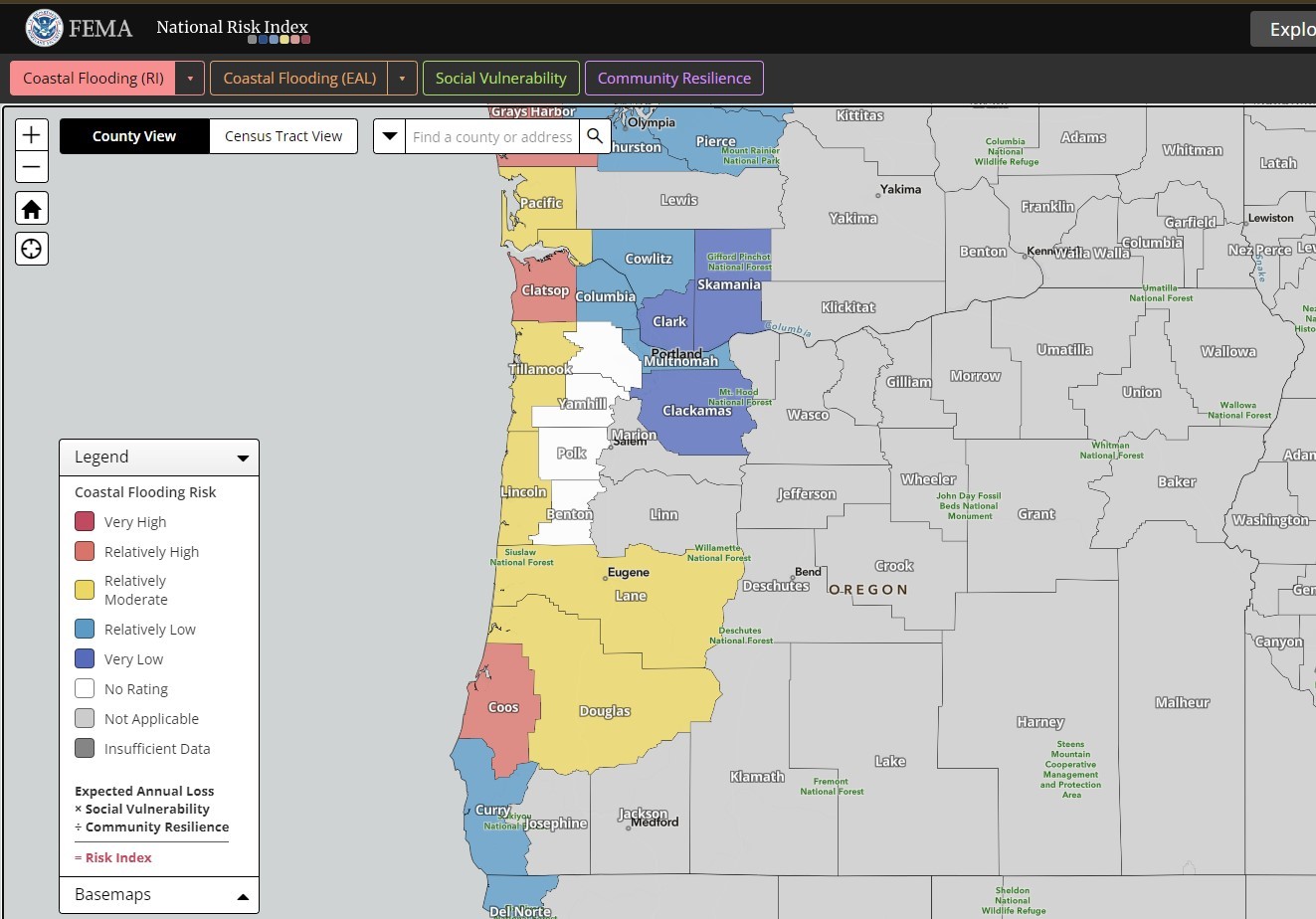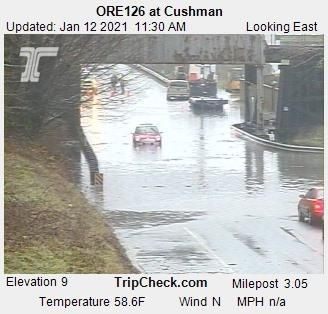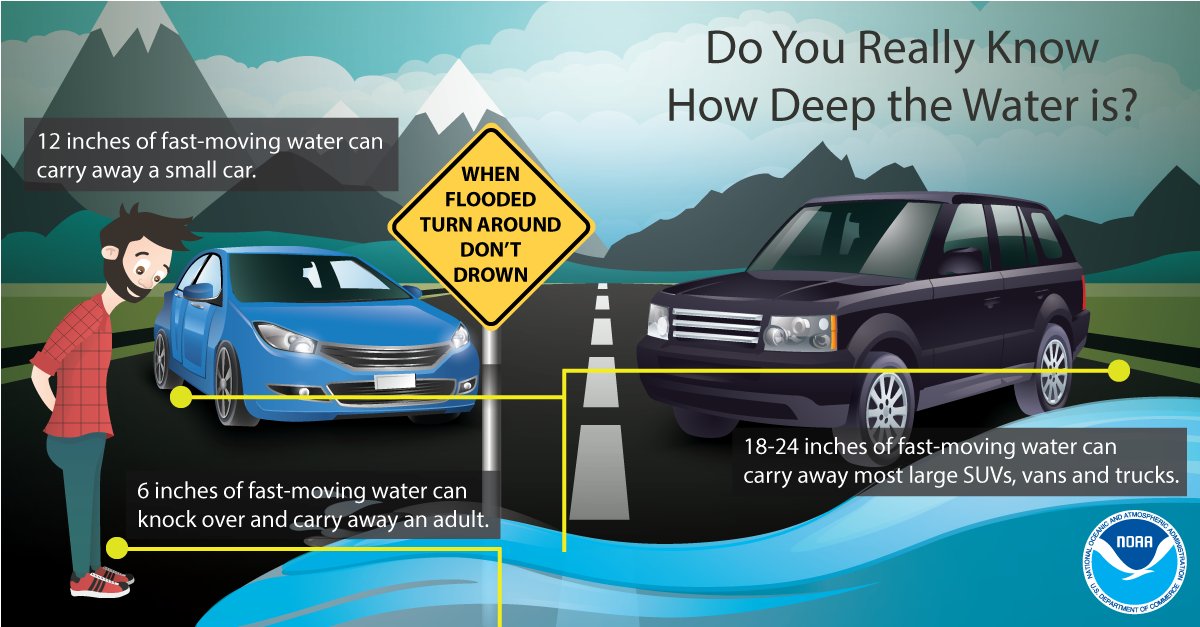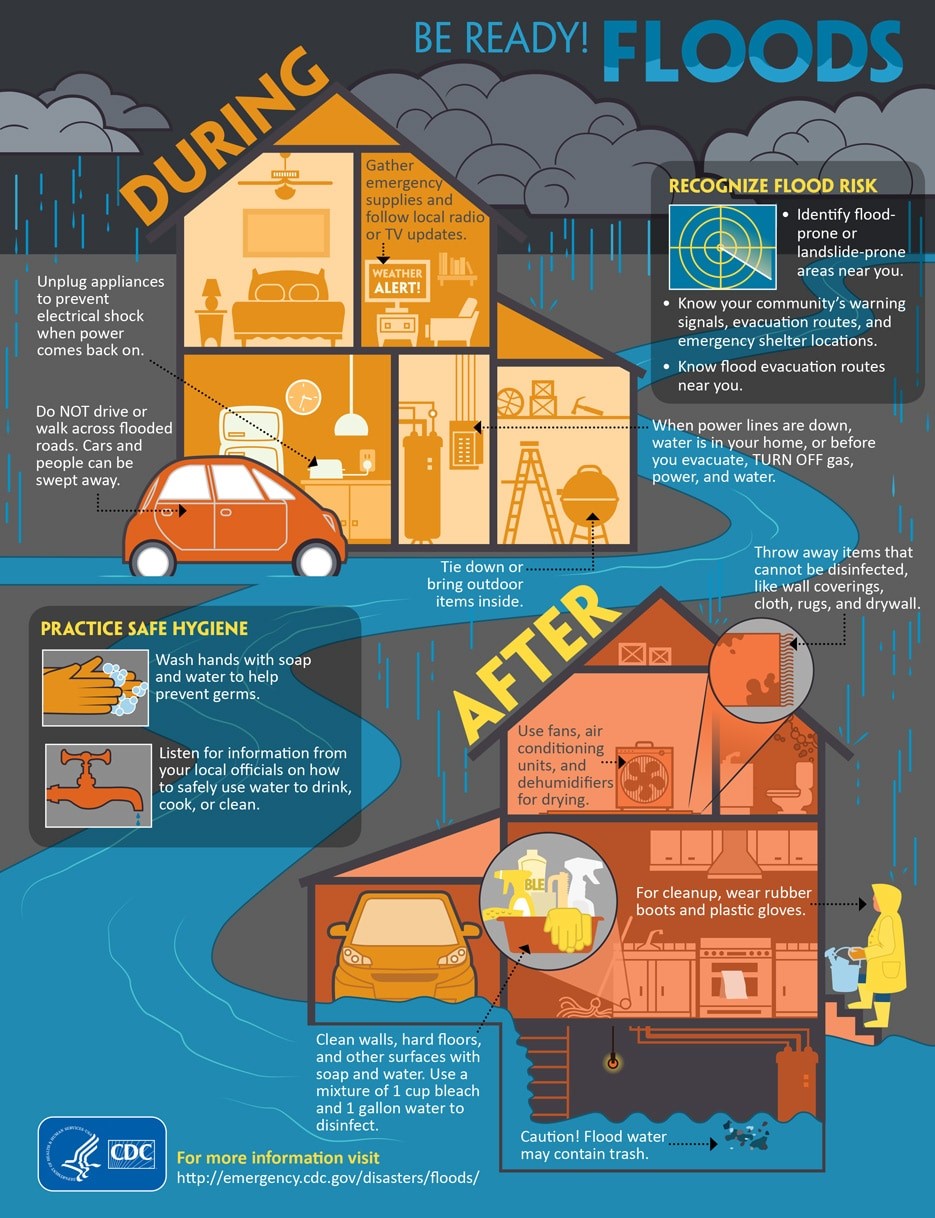Natural Disasters
Flood Notifications
The National Weather Service utilizes 4 types of emergency notifications for flooding[3].
| Flood Watch | Be prepared – local weather conditions have created the potential for flooding. |
| Flood Advisory | Be aware – Flooding is likely but not severe. Take proper precautions and stay tuned for further instruction. |
| Flood Warning | Take immediate action – a flood is imminent or occurring. |
| Flash Flood Warning | Take immediate action – a flash flood is imminent or occurring. |
Flood Preparedness
Where you live greatly impacts your susceptibility to experience flooding. Avoid building on or living in a floodplain to decrease the likelihood of experiencing a flood.
A key element of food preparedness is knowing the risks of the locations you frequent, particularly your home and work. Check the OR HazVu map and the FEMA floodplain map to see if you frequent a place susceptible to flooding.
For more information about floodplain maps visit the City of Florence’s web page about the 2020 FEMA Coastal Floodplain Map Update.
Preparing Your Property:
-
- Have pre-filled sandbags stored accessibly to quickly place around perimeter if flood advisory or warning is issued.
- Install check-valves or backflow valves to prevent flood waters from entering the plumbing system.
- Install a sump pump with back-up power to help prevent floodwaters from entering your home.
- This will also help remove water in the aftermath of a flood.
- Purchase flood insurance from your insurance agent.
- Standard Homeowners Insurance does not cover flood damage.
- Learn about FEMA’s National Flood Insurance Program (NFIP) here.
- Keep important documents in a watertight container or safe.
- Elevate and anchor your critical utilities.
Preparing yourself and your household:
-
- Sign up for LaneAlerts and other emergency notification systems for the most updated information about potential, imminent, and occurring hazards.
- Have household evacuation and communication plans that outline where you will meet and how you will contact each other if you get separated.
- Designate someone residing outside of the area as the point of contact for communication among your household. This person will facilitate communication amongst your household if you get separated and act as the central contact for worried relatives. Therefore, it is important that your far-away relatives are also familiar with your communication plan.
- Practice these plans with your household including pets before disaster strikes.
- Have an emergency kit with enough food, water, medicine and other essential supplies to last your household 2 weeks.
- Account for pets and livestock.
- Have an emergency go-bag prepared and stored in both your home and car incase evacuation becomes necessary.
- Make sure all residents know how to locate and turn off the main power in the house.
During and After a Flood
What to do during flooding in Oregon depends on the type of flood and your location in relation to it. It is crucial that you stay informed during a flood so that you know what, if any, action is necessary. Tune to KCST at 106.9 FM, 104.1 FM, or 1250 AM when weather conditions are favorable for flooding and make sure you have the LaneAlerts app downloaded on your smartphone.
During a flood, evacuate immediately to higher ground if instructed to do so, or if you are in a low lying or flood prone area. If you have time, disconnect all utilities and appliances and turn off power before evacuating. Avoid all contact with flood waters, as they may carry dangerous debris and contamination. Never walk through flood waters, as even 6 inches of moving water is enough to sweep you off your feet. If evacuating by foot, make sure everyone is wearing sturdy rubber boots. Carry small children and animals if necessary.
If evacuating by car, drive to a higher elevation and then check ODOT’s TripCheck for road conditions before continuing on. Never drive through or across a flooded road as you do not know the conditions of the road, depth of the water, or what debris or contaminants could be in there. Six inches of water is enough to cause loss of control on most passenger cars, with a foot of water being sufficient to make most passenger vehicles float. Just two feet of water can carry away SUV’s and pick-ups[4].
If you encounter a flooded road while evacuating from a flood either on foot or by car, follow the golden rule:
TURN AROUND, DON’T DROWN!
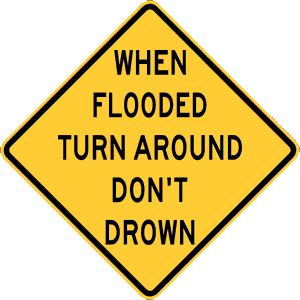
Figure 4 – Turn Around Don’t Drown, NOAA
Figure 5 – Flood Safety Awareness Week, NOAA
After a Flood
Floods are likely to cause secondary hazards. These secondary hazards include but are not limited to:
-
- Water contamination
- Power outages
- Mass erosion
- Landslides
- Wildfires
You should be aware of and prepared for these secondary hazards in the wake of the flood.
After a flood, do not drink, eat, or wash with tap water until you are told it is safe to do so by an official. You will likely be under a “boil water” notice until crews are able to repair the public water system. For more information, see the OHA’s “What to do when your water source is flooded” factsheet.
Take caution when reentering a flooded home as it may be contaminated with mold or sewage from the floodwaters. Turn off the main power to avoid further electrical hazards if it is dry and accessible. Again, never turn the power on or off while standing in water. When services resume, call an electrician to have them do a check of your electrical system before turning the power back on.
When first reentering a flooded home, open all the doors and windows to let the space air out for at least 30 minutes before going back inside. Once aired out, you should begin drying out your home. Wet items should be cleaned and dried as quickly as possible or thrown away to avoid risk of infection or disease. Remove all standing water from your house quickly and safely and always wear rubber boots when standing in floodwaters. Utilize fans and dehumidifiers to aid in the drying process if available. When services resume, have an HVAC specialist check your HVAC system before turning it on.
You should throw out all perishable foods and check non-perishables for breaks before consuming. When in doubt, throw it out: unsafe food can make you sick even if it appears normal.
For more information about reentering a flooded home, check out these resources:
If sheltering in place, turn off the electricity in your house and disconnect all utilities and appliances to limit possibility of electrocution or electrical fires. But remember, never turn the power on or off while standing in water. Do not go into your basement nor any room where water has covered the electrical outlets or submerged electrical cords. Bring all outdoor possessions into the garage/home storage area or secure them so they do not become dangerous floating debris. Do not drink tap water or turn on faucets until you are told it is safe to do so by an official. If you choose to use a backup generator, make sure you follow all operational safety measures. Evacuate immediately and call 911 if your home becomes unsafe for any reason.
Figure 6 – Be Ready! Floods, CDC
Footnotes
[1] Flood Related Hazards, National Weather Service (NWS)
https://www.weather.gov/safety/flood-hazards
[2]Severe Weather 101 – Floods, NOAA National Severe Storms Laboratory
https://www.nssl.noaa.gov/education/svrwx101/floods/types/
[3]Flood Warning vs Watch, National Weather Service (NWS)
https://www.weather.gov/safety/flood-watch-warning
[4]Turn Around, Don’t Drown, National Weather Service (NWS)

